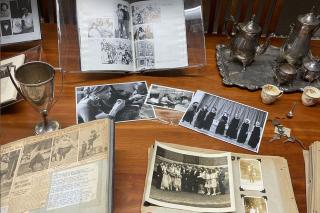This academic year, undergraduate students in the History 380 class have undertaken The Simmons Memory Project, exploring the importance of the residence campus in the university's past, and its meaning to the Simmons community today. Guided by Professor Laura R. Prieto (Alumni Chair in Public Humanities) and Simmons University Archivist Jason Wood, students are piecing together facts and stories from Simmons newspapers, yearbooks, postcards, scrapbooks, administrative files, artifacts, and other materials from the archives.
Inspiration for the Simmons Memory Project came to the project initiator, Laura Prieto, Professor and Alumni Chair in Public Humanities, from Elizabeth Collotta '22. "We had talked about the One Simmons Project and our reactions to it," recalls Prieto, referring to the ongoing effort to modernize the Simmons campus. "She worked with Jason Wood to find archival photos and re-photographed them in the present, as a reflection on then and now. She created the 54 Pilgrim Road Project, and a digital presentation of the work for her Capstone. "It was really evocative, and it inspired me to pursue this analogous project with a group of students."

Wood and Prieto have worked together on class projects for 20 years, and this is the second iteration of a year-long focused field work experience with undergraduate students. They see the Simmons Memory Project as an opportunity to nurture the Simmons culture and community. There are currently eight undergraduates working on the Project: Emily Douyard '23, Kaz Gebhardt '25, Daniela Gil Veras '24, Sarah Granoff '23, Libby Panico '23, Rosemary Watson '23, Sara Slager '23 and Chelsea Kranc '23. The students have presented their findings to University Leadership, the Board of Trustees, and various alumnae groups.

"The project is meant to articulate for history students what the world of public history, public humanities, cultural history and archives work looks like," says Wood. "They investigate the experience of the individuals who lived in the environment and apply that to specific outreach approaches."
To establish a fieldwork course, Prieto had to consider what historical fieldwork looks like, as distinct from an internship experience. "It's about applying the knowledge you have gained in your discipline to a specific project," says Prieto. "This course is a project-based application each time that it's offered. The students research and create things, and it's not always scholarly research papers. Sometimes the results are public-facing, like exhibits and community events."
There is very little published scholarship about Simmons history, but there are rich primary sources in the university's archives. Students do research in this variety of materials and write posts for Instagram and Facebook. "A lot of cultural institutions use Instagram as a platform," says Prieto. "We combine images from the archives with a written snippet to help people learn in this very seamless way — every day, they check their social media feed and learn little bits of Simmons history." Sarah Granoff '23 worked with Prieto to maintain the project's social media presence. "To see the Instagram page grow and see how my peers and other members of the Simmons community have interacted with it has been gratifying," she notes.
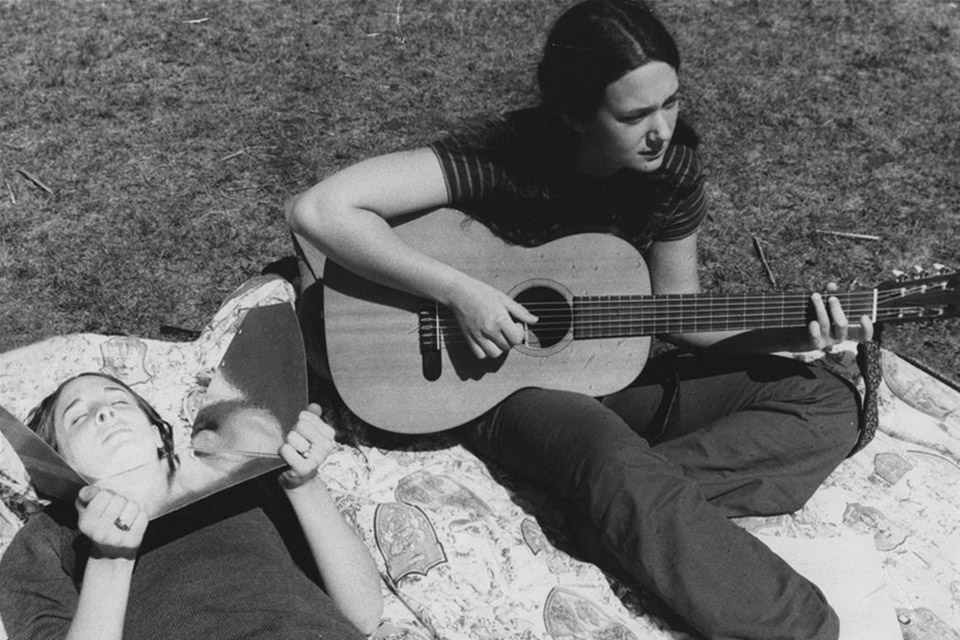
The stories posted include Eleanor Roosevelt's visits (two of them) to the Simmons campus, and about Anna Mae De Berry, the first Simmons student to racially integrate the residence campus. "The depth of work that De Berry needed to do to live on campus was unknown," notes Wood. The students discovered a petition that De Berry wrote to the then-President of Simmons, requesting that she be allowed to live on campus. "We have hundreds of feet of boxes of the president's records that have been processed in the archive," says Wood. "We rely on researchers with interests of their own to drive some of these discoveries."
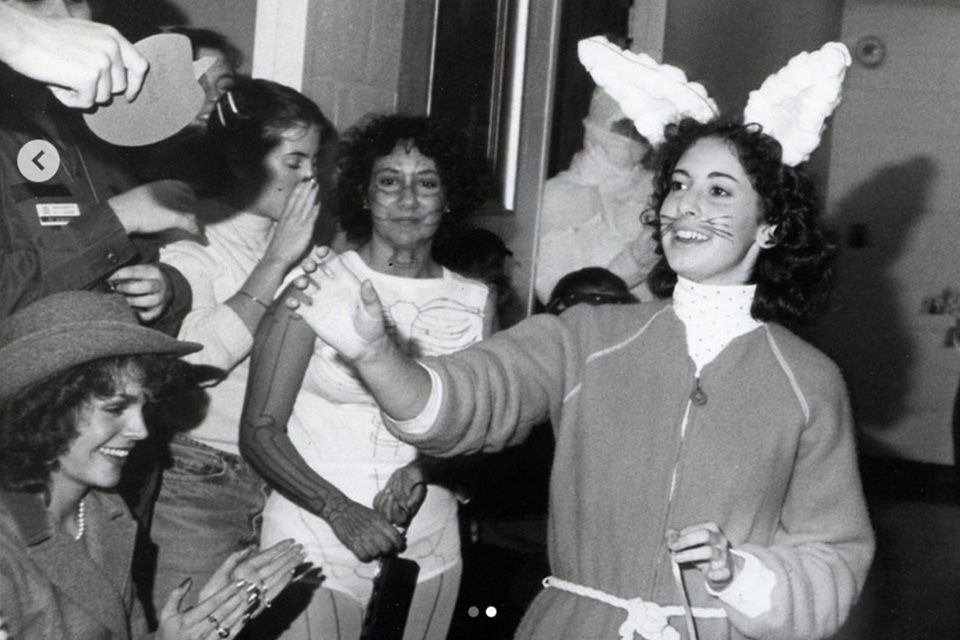
Each student came to the project with their own individual questions and interests, including studying how student activism played out on the residence campus, and what college traditions were observed there. They also charted how the built environment of the campus has changed over the years (the current dorms weren't there when the college was founded) and compared that to accounts of student life and dormitory living in other universities, including historically women's colleges, across the country. The students created a walking tour of the residential campus, and some of this content was shared on social media.
"The idea of the alternative tour was to integrate the history of the residential campus into the tour," says Granoff, who is starting graduate work in history and museum studies at Tufts University this fall. "My tour focused on Jewish students on the Residence Campus, as that was an element of Simmons history that I wanted to highlight." Granoff's final project focused on the Jewish history of Evans Hall, which housed the on-campus kosher kitchen as of the late 1980s. "The Simmons Memory Project has taught me useful skills for my graduate studies, and affirmed that I really enjoy sharing history with members of my community."
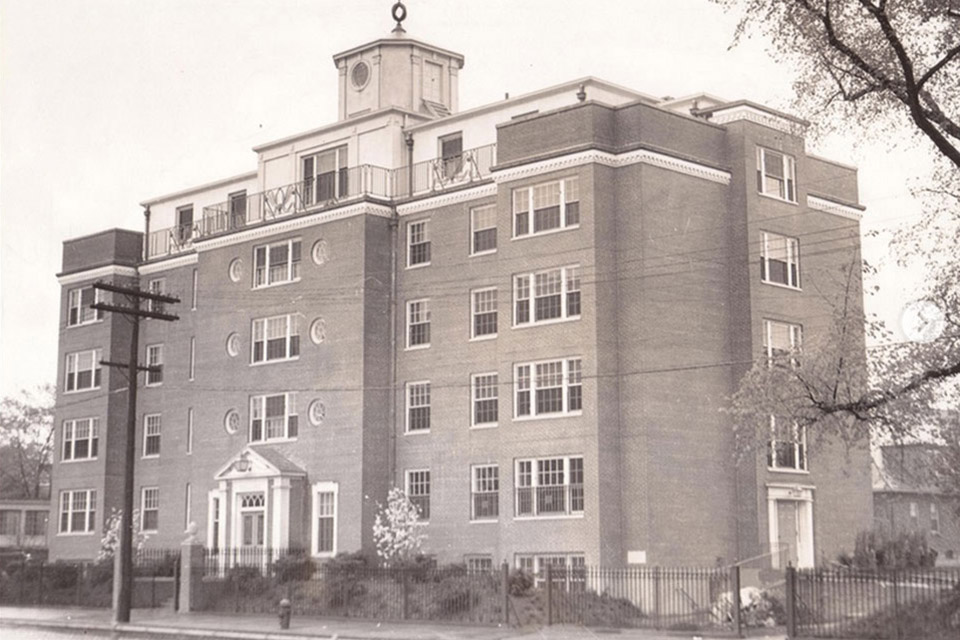
The students have presented their walking tours to University leadership, faculty, and alumni. "It was exciting to share the research we had discovered," says Granoff. They also held a game night for students, which included board games that students have enjoyed for generations. "There was also a board game based on the residential campus, designed by Rosemary Watson '23, who graduated in January" says Prieto. "It uses facts about the dress code changes over the years, dorm rules and regulations, and facts about Bartol Hall." The students were also invited to meet with the architects to discuss the design of the new residence building.
"One of the most interesting parts of this whole year has been to see the students de-centering themselves from the project," says Wood. "They came to the project very aware of their own experiences and interests, but through working with the materials, their empathy was augmented." Libby Panico '23 enjoyed working with the team. "I gained so much useful archival experience as well as social media writing," says Panico. "I believe I have gained some self confidence in the course due to presenting and interacting with the public."
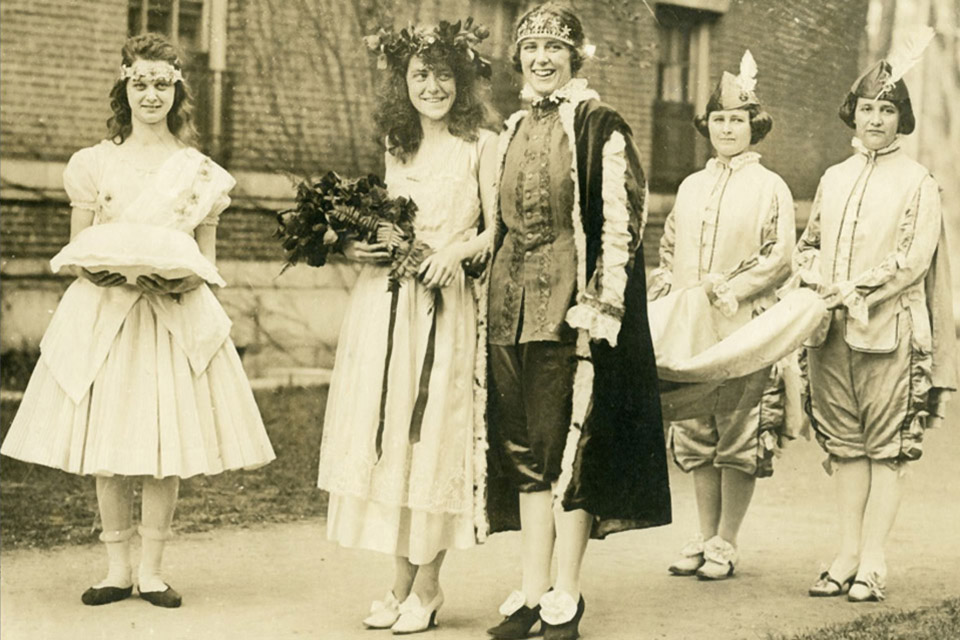
Students looked at the Simmons experience of students in the 1920's and 80's and searched for parallels. "Even if the Olde English dinner and Freshman-Junior wedding is no longer held, they still feel a connection with those students." Wood refers to a focus group with Class of 1967, where the students and alumni shared a lot in terms of identity and connection with the college, and learned the similarities and differences in their experience. Wood adds, "There's a sense of community that exists above the physical trappings of the residential campus, and students are starting to understand that." For example, alumni were asked about their favorite meals served at Bartol Hall. "Someone answered, ‘Bartol didn't serve favorite meals.' Today's students can relate to those experiences."
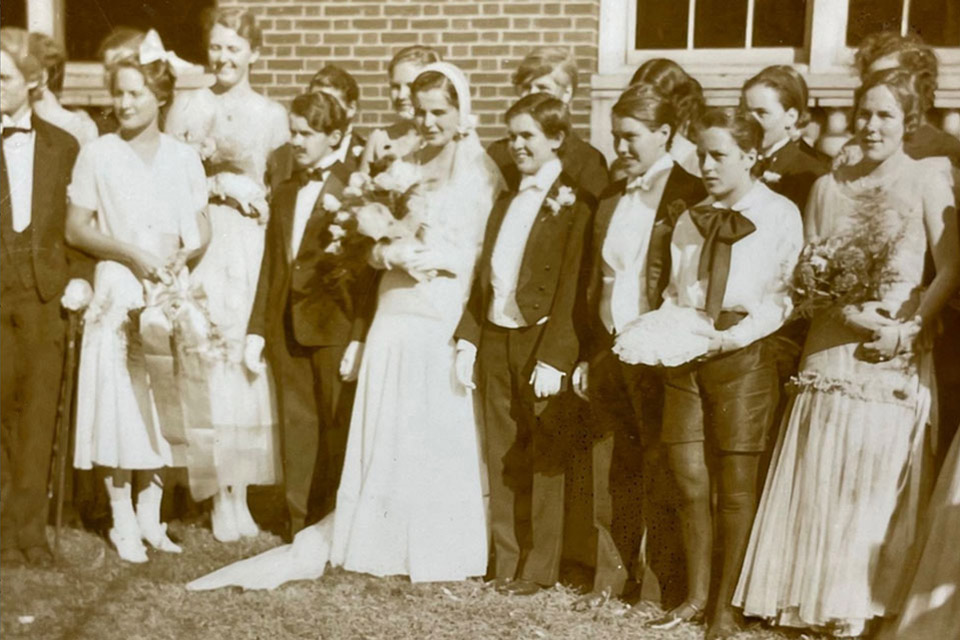
The pending construction on campus and recent disruptions of COVID-19 make it especially meaningful for students and alumni to reflect on their memories of the residence campus; especially for seniors. "[The Class of 2023] is the last class to have lived there before COVID," says Wood. "They have a different relationship with the residential campus than the students who came after them. We have to think more broadly and reflect on 54 Pilgrim Road as a point of connection across generations and classes."
For Chelsea Kranc '23, relating to the rich history of Simmons was the most meaningful piece of the project. "Not understanding the history really disconnected me from campus, especially with COVID," she says. "This project has given me more insight into why this campus is so important to me and all students."
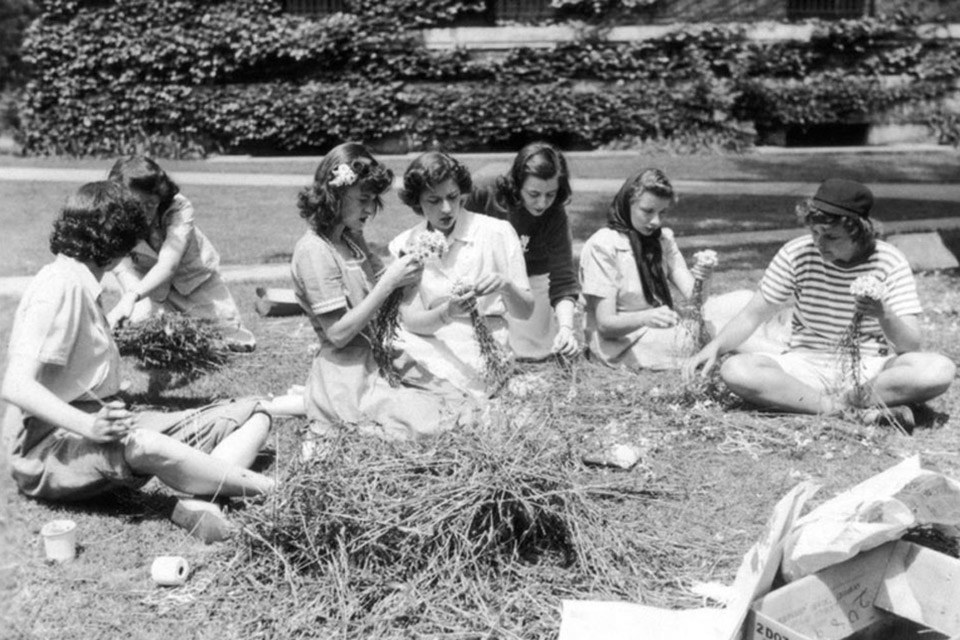
Beyond connection, the goal is to move that sense of history to new spaces, once the construction is complete. "That legacy is taking shape right now," says Prieto. "Some students will graduate, and we'll keep passing the torch to build on what they have started." This semester, students met with University administrators to plan how to hold on to this legacy once the current residence campus no longer exists. "We plan to continue working with administration, current, and future students to memorialize the residence campus," says Granoff. "Even though the course is ending, the Project is going to stick around."
Connect with the Simmons Memory Project on Instagram and Facebook.
If you have any interest in contributing to the Memory Project, or in any way to our collections, please contact Simmons University Archives.

